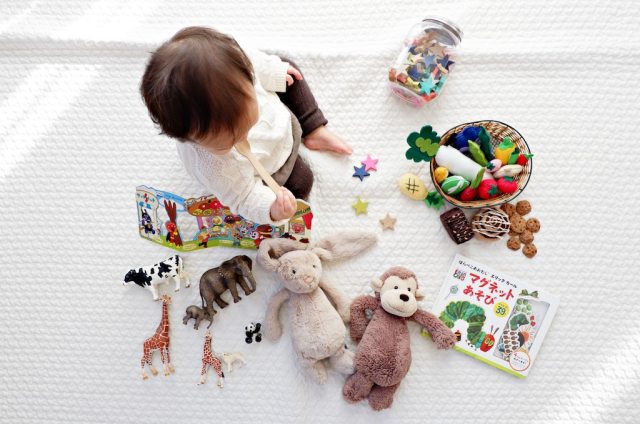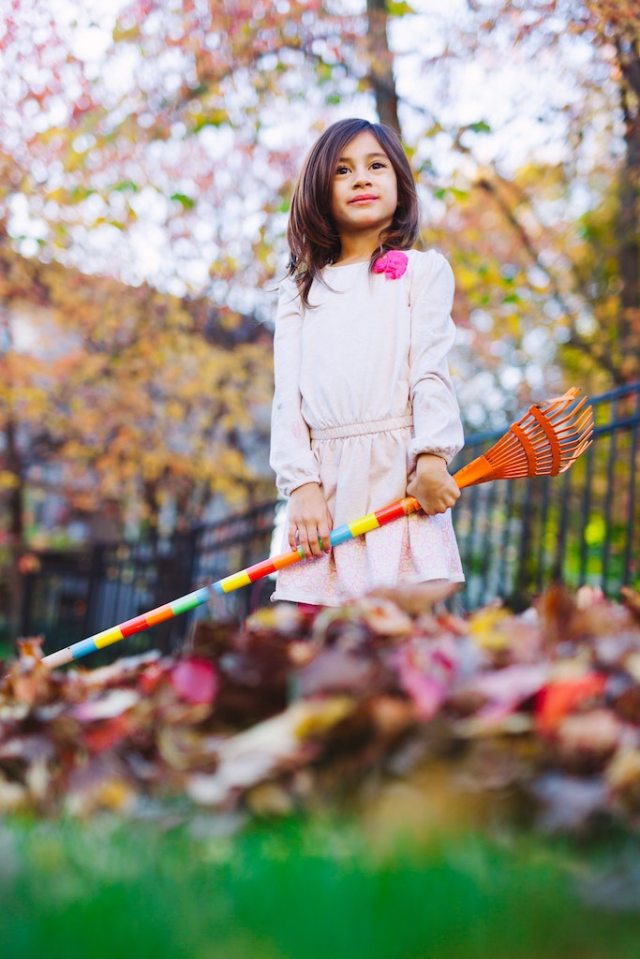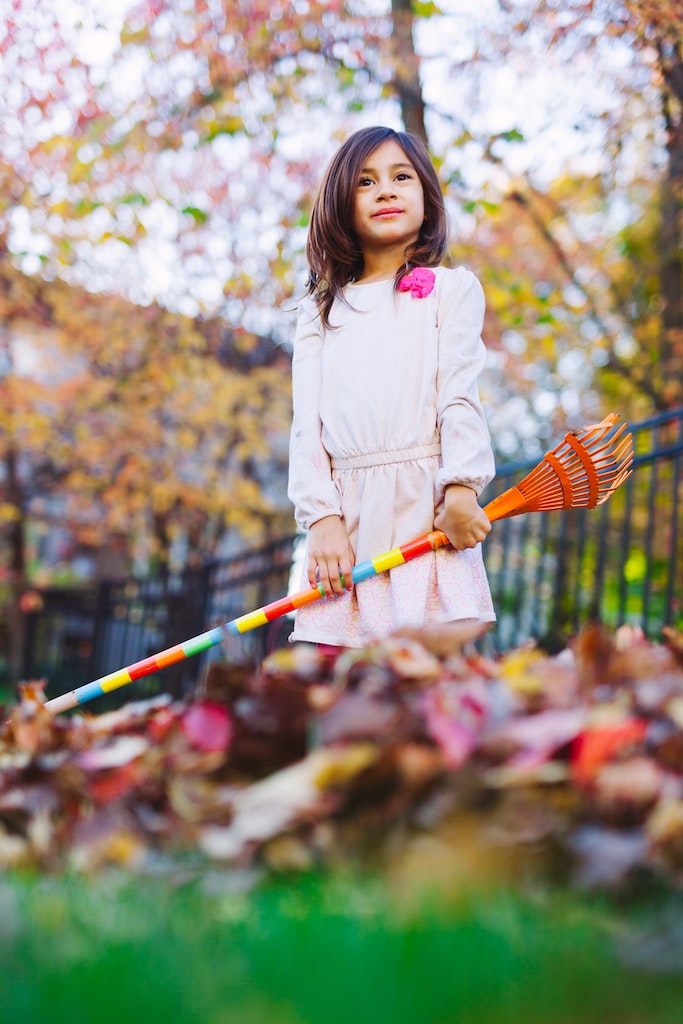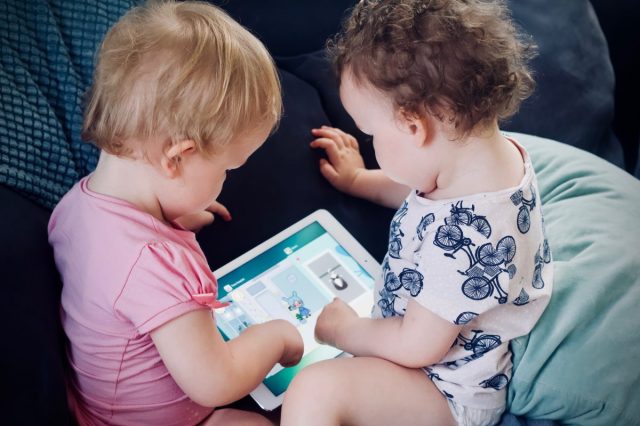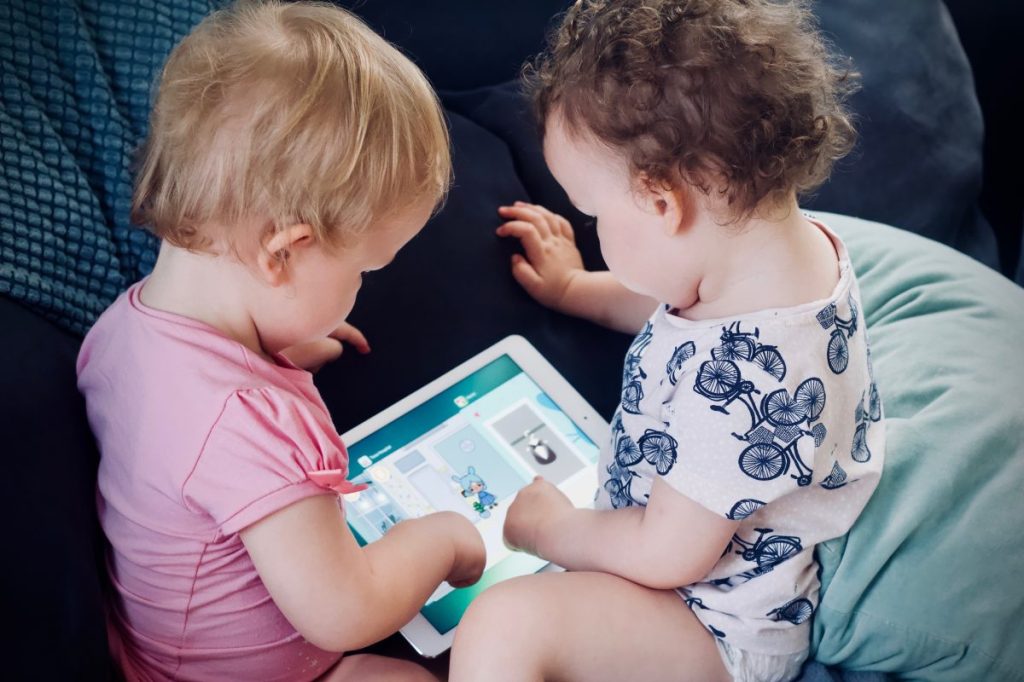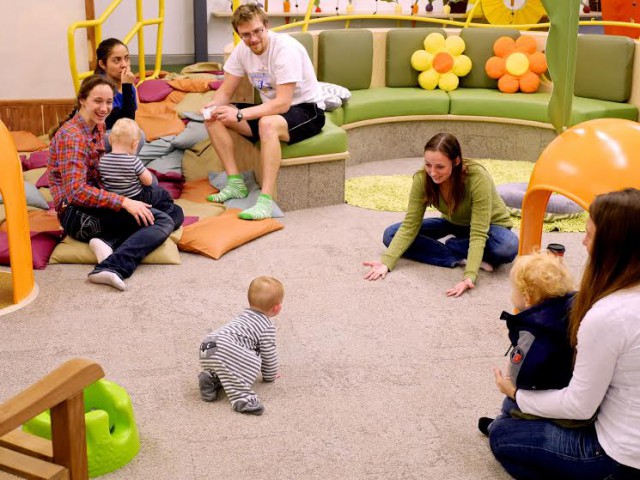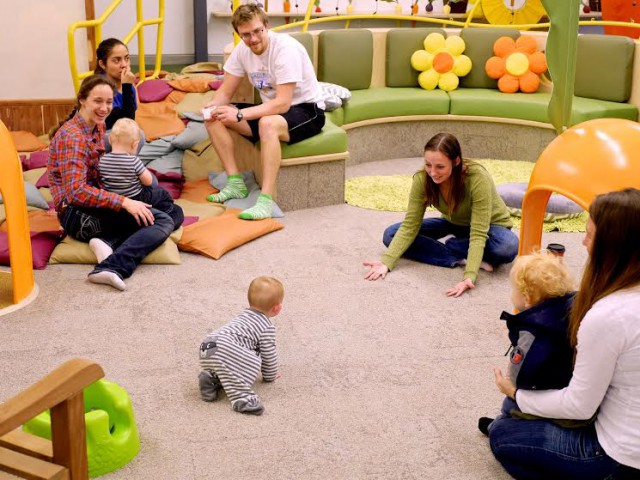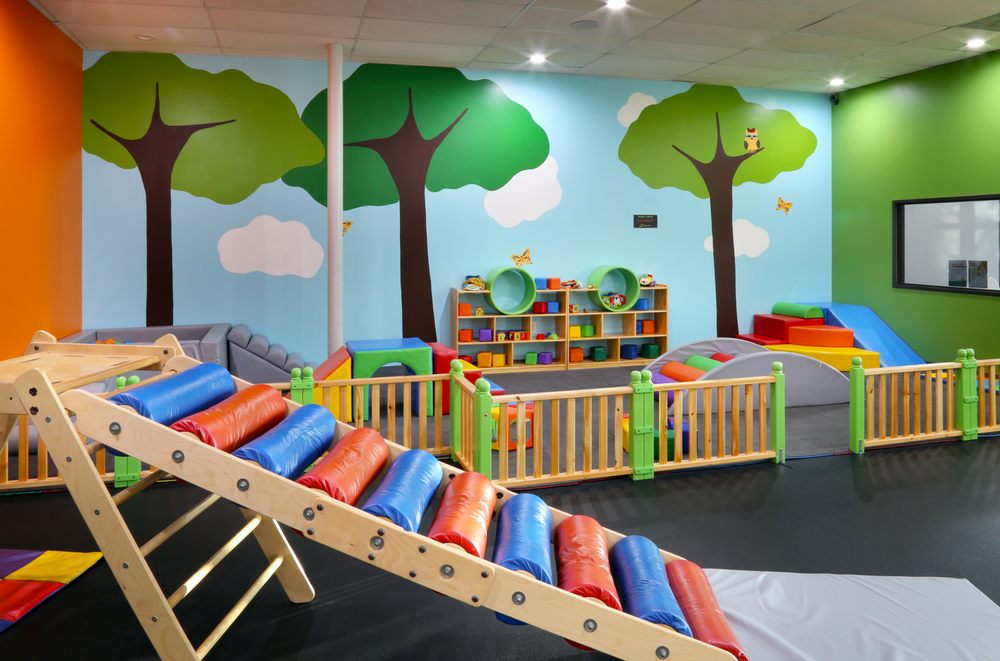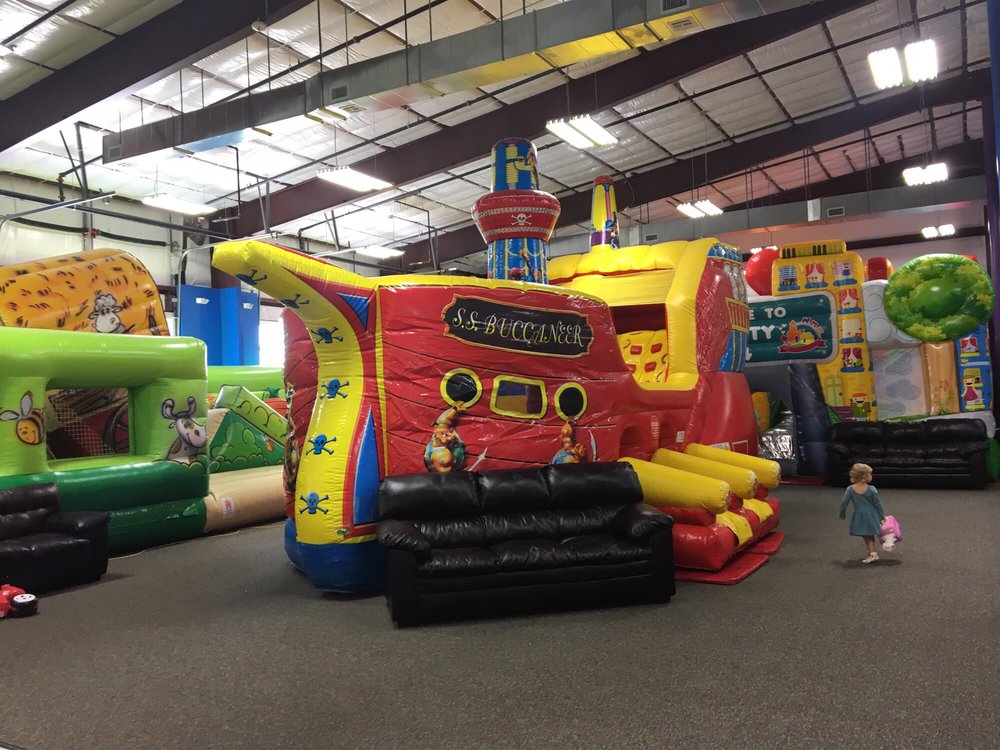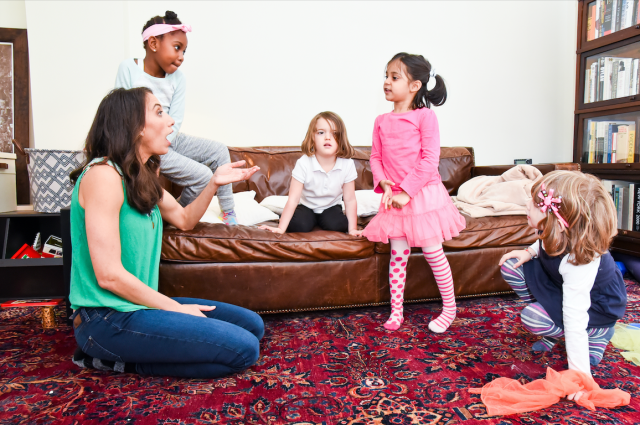Why is an infant play mat or baby gym such a must-have for little ones? Floor exercise is an essential part of every stage of baby’s development, from your newborn’s first tummy time to crawling and beyond. Whether you’re looking for a space-saving option, one that’s full of all the bells, whistles, mirrors and rattles, or something to fit in with your home décor, you’ll find it in these baby play mats below.
Infantino 5-in-1 Epic Developmental Learning Gym
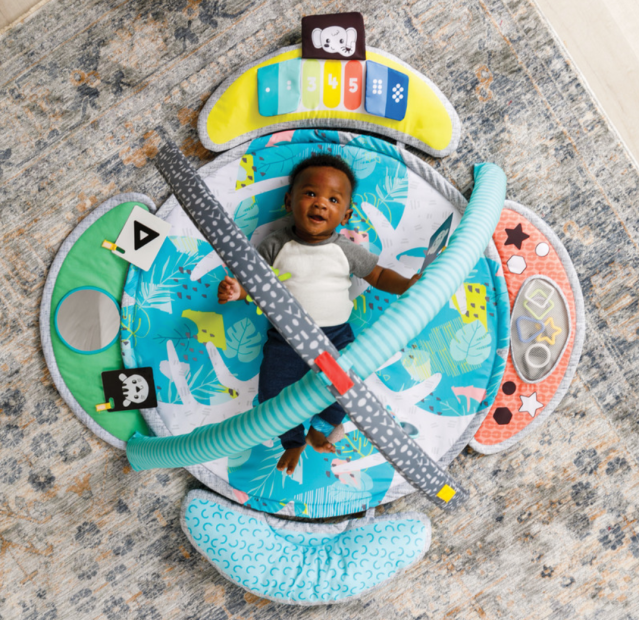
This open-ended play gym keeps kids occupied with lots of ways to play and learn. There's an electronic light-up piano, a tropical-themed play mat theme, wild animal flashcards, baby toys, a mirror, rattle and much more. Give your baby four different tummy time experiences and three new ways to play once they can sit up. Use the included prop-up booster pillow for more comfortable tummy time or to keep a new sitter upright.
Available at infantino.com, $69.99.
Baby Bonding Playmat from aden + anais
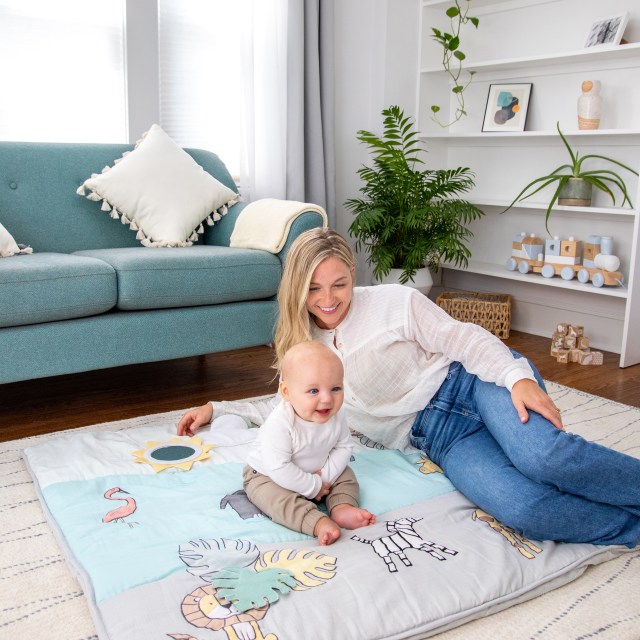
This plush playmat boasts more than 30 features to support a child's motor skills and sensory and cognitive development. Made from hand-embroidered cotton muslin, this generously sized mat (45 x 45 inches) is big enough for adults to share and has removable plush toys and a sun mirror baby can play with. Babies will also be excited to discover that the leaves crinkle and some items rattle. It's machine-washable and reversible, with a subtle gray print on the reverse side.
Available at adenandanais.com, $99.99.
Tinkle Crinkle & Friends Activity Gym by Baby GUND
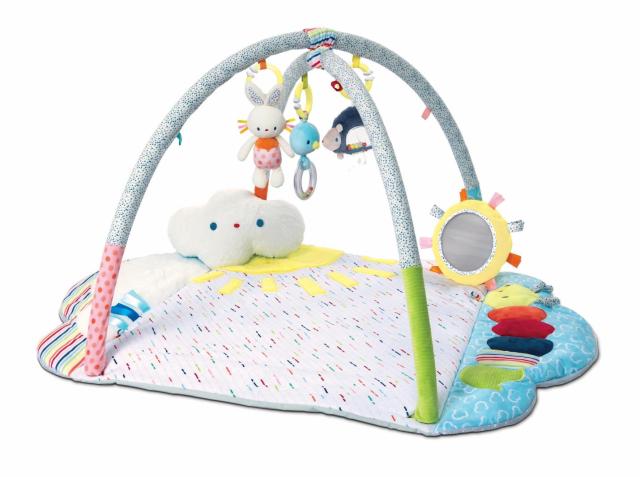
Bright colors, eye-catching patterns and a host of cute and cuddly characters encourage babies to learn, play and interact. The fluffy cloud is a helpful tummy-time friend, and the sun mirror is baby-safe. Press the caterpiller to hear fun sounds, and the bunny, bird and hedgehog offer opportunities to grasp and rattle. The activity gym can be set up in just a few minutes.
Available at gund.com, $89.
Regalo My Play Mat
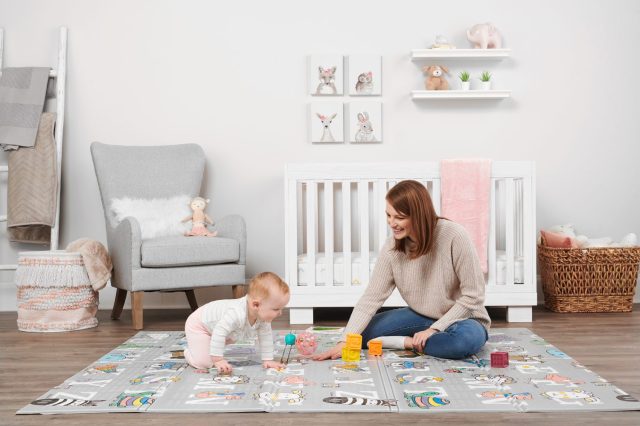
This soft, foldable mat means play time and tummy time can easily be moved to any room, outside or to a park or Grandma's house. It's made from soft foam and wipeable with a wet cloth, and there's an included carry bag with a strap for easy portability. One side of this reversible mat features the alphabet and cute cartoon characters, while the other side is a tasteful gray chevron pattern.
Available at regalo-baby.com, $49.99.
Infantino Twist and Fold Activity Gym
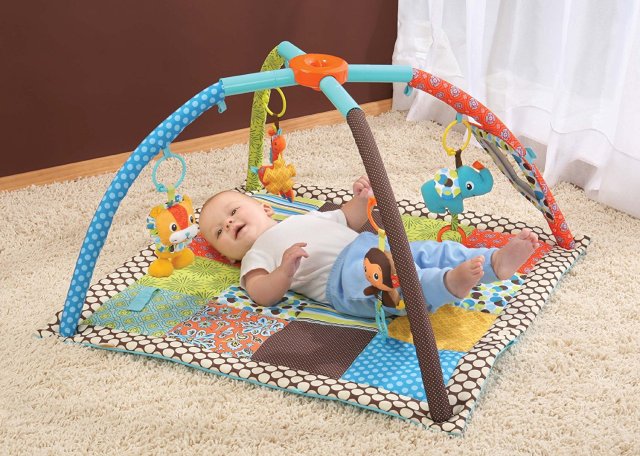
The versatile Twist and Fold Activity Gym from Infantino will catch any baby’s eye with its bold colors and design. Your little one will love the hanging toys and catching a glimpse of their face in the peek-a-boo mirror. It also comes with a pillow to prop baby up during tummy time. The mat itself is super easy to clean with the wipe of a cloth. The exclusive twist and fold feature makes for easy transport and for quick storage under the crib or tucked away in a corner of the closet.
Available at amazon.com, $51.81.
Fisher-Price Deluxe Kick & Play Piano Gym
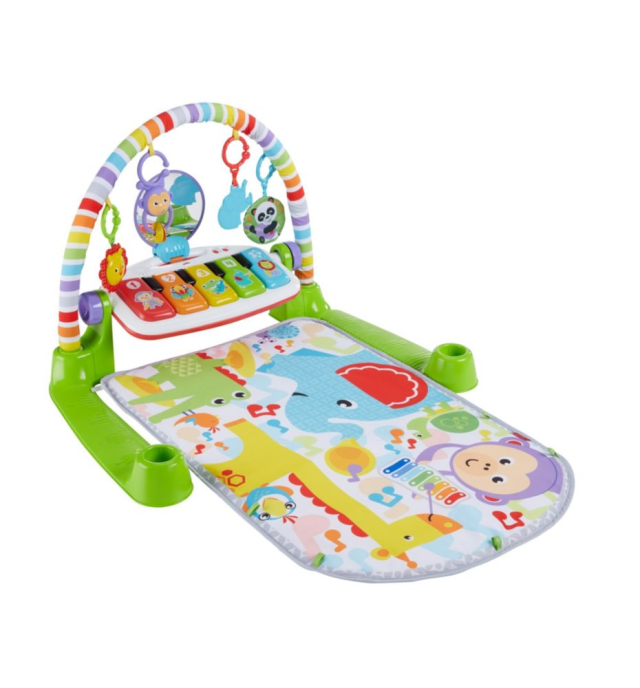
For your Mozart-in-training, the Deluxe Kick & Play Piano Gym from Fisher-Price is the perfect choice. Laying down, younger babies learn cause and effect as they kick and the piano plays and play with overhead toys that hang low so little arms can reach them. During tummy time, babies will have lots to explore on the mat. And older babies can sit at the piano and bang away at the keys to activate the music.
Available at fisher-price.mattel.com, $49.99.
Toki Mats
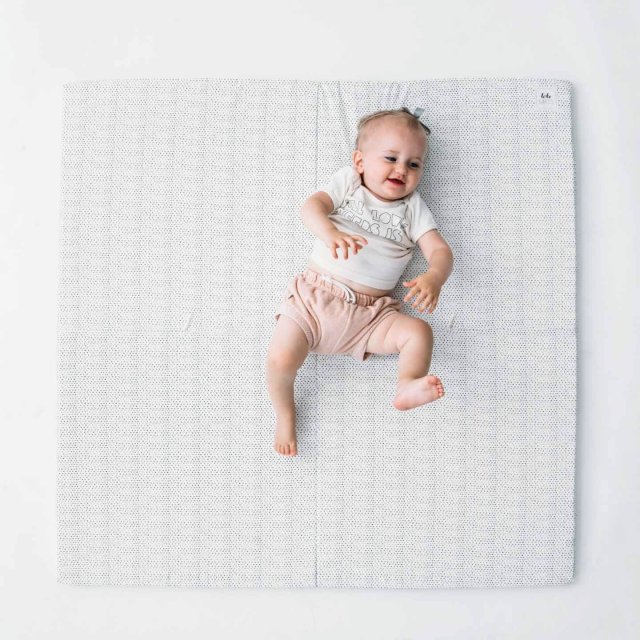
Get down on the mat and play with baby on these super comfy Toki Mats. Once baby is mobile, their falls are cushioned by the breathable, eco-friendly foam made from rubber-tree sap. The washable covers come in a selection of modern designs that are interchangeable. The mat folds in half for storage, but it’s fashionable enough you may just want to leave it out.
Available at tokimats.com, from $165.
Lovevery Play Gym
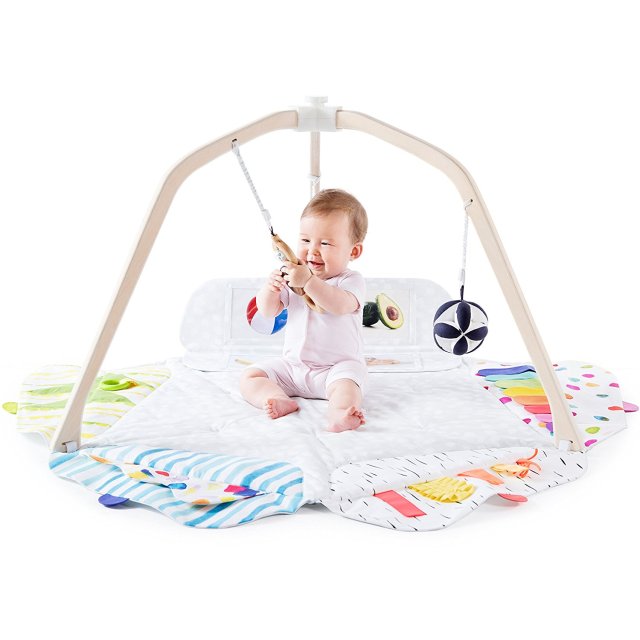
Designed by a team of experts (including a neuroscience professor, Montessori teacher and occupational therapist), the Lovevery Play Gym has something for each stage of babyhood. The hanging toys are safe for chewing, batting, and grasping. There are hidden pockets, different textures, sounds, and a selection of visually stimulating cards for older babies to explore. It even has a cover that converts it into a fort! Plus, parents get a play guide for a full year’s worth of ideas to keep baby engaged.
Available at loveverybaby.com, $140.
Bright Starts 5-in-1 Play Activity Gym
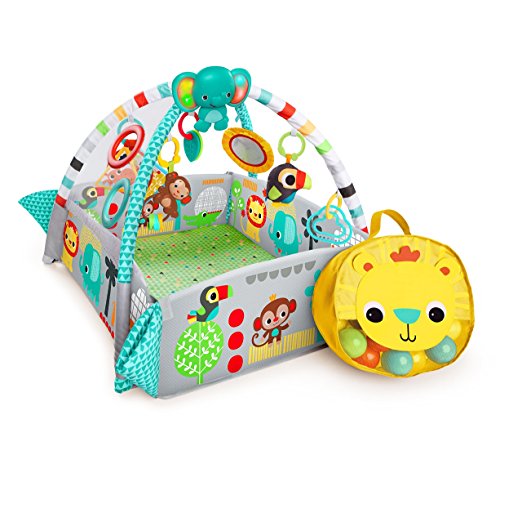
The Bright Starts 5-in-1 Play Activity Gym comes with lots of fun features. The toy bar has hanging toys and teethers, the electronic elephant has flashing lights and plays more than 20 minutes of music, and there is a tummy-time pillow. Best of all, the sides of this gym fold up to convert it into a ball pit for toddlers. There are 35 balls included in a handy storage bag.
Available at amazon.com, $79.99.
Skip Hop Reversible Playmat
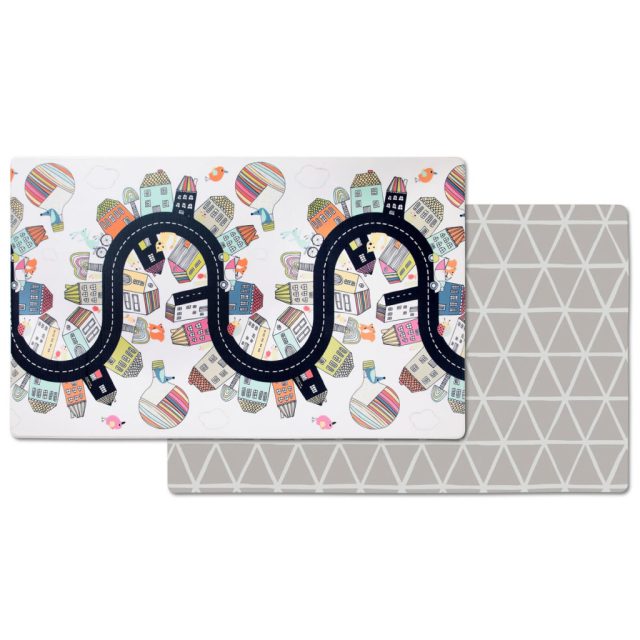
Want a mat you don’t have to hide when entertaining grown-ups? Look no further than the DOUBLEPLAY Reversible Playmat from Skip Hop. One side of the cushioned mat features either a village or animal theme (with Skip Hop's menagerie of cute creatures), while the other has one of two sophisticated, contemporary looks. In case you do want to store it or bring it with you, simply roll it up.
Available at skiphop.com, $110.
—Katie L. Carroll
RELATED STORIES:
Bottoms Up: 11 Ideas for Happier Tummy Time
Designer Foam Play Mats That Won’t Cramp Your Style
Playing with Your Newborn: 26 Games to Help You Bond





